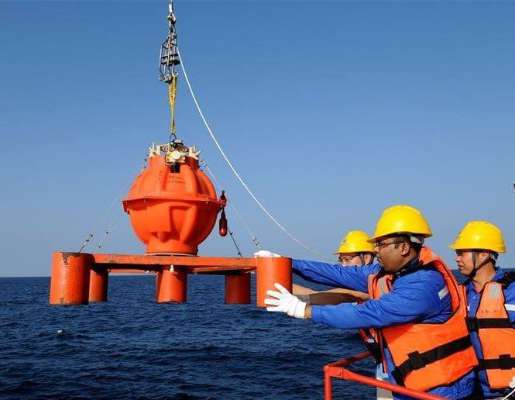Beijing: China has successfully placed in the Indian Ocean ten ocean seismometers which are used to measure earthquakes, volcanic eruptions or the use of explosives.
China’s 49th ocean expedition team Sunday placed ocean-bottom seismometers in the southwest Indian Ocean, with five more planned, state-run Global Times reported.
Fifteen ocean-bottom seismometers will be retrieved in the coming year, Science and Technology Daily reported Monday.
Ocean-bottom seismometers can operate for extended periods of time on the seafloor to gather data from earthquakes and artificial vibrations in the deep sea.
Seismometer is used to measure the motion of the ground caused by an earthquake, a volcanic eruption or the use of explosives.
The lifespan of a seismometer is from several months to a year, before being retrieved for further research.
This is the first time China has placed seismometers in the southwest Indian Ocean’s Junhui hydrothermal field, according to Qiu Lei, head of the team’s earth physics department, the report said.
China has placed seismometers in the three nearby hydrothermal fields which it reportedly named Longqi, Yuhuang and Duanqiao.
The new seismometers in Junhui have been placed where there was previously no ocean-bottom seismographic observation, Qiu was quoted by the Science and Technology Daily as saying.
The new seismometers have larger battery capacities to allow them to operate for more than a year, Qui said.
The findings of the seismometers, especially minor earthquakes that are difficult to observe otherwise, will provide data for the exploration of polymetallic sulphide and help researchers understand the structure of the region.
China’s 49th ocean expedition began December 6, 2017 on the research ship Xiangyanghong 10, hoping to explore polymetallic sulphide deposits in the southwest and northwest Indian Ocean. The expedition, with more than 200 personnel, would last 250 days, the report said.
